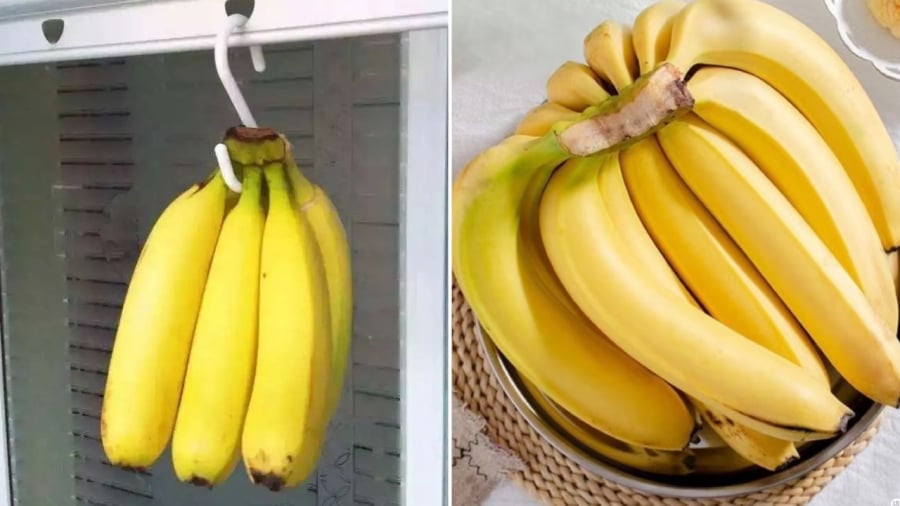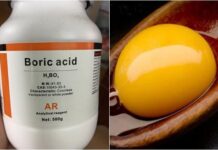Bananas are a popular fruit in our country for their sweet taste, high nutritional value, and affordability. They are versatile and can be enjoyed fresh, cooked into desserts, or used in baking, always resulting in delicious and flavorful dishes.
When purchasing bananas, it’s important to be selective to ensure you get the sweetest and most flavorful bunch. Here are some tips to help you choose the best bananas:
The Difference Between Curved and Straight Bananas
- Curved Bananas
Due to the force of gravity, a young bunch of bananas grows downward. However, as they develop, the bananas need sunlight, causing them to curve upward (a characteristic known as phototropism in plants). Over time, the bananas will gradually take on a curved shape, with the degree of curvature increasing as they ripen.
Naturally tree-ripened bananas are the tastiest and safest. However, to transport bananas over long distances without bruising them, they are often harvested when they are mature but not fully ripe.

- Straight Bananas
Curved bananas curve upward to reach sufficient sunlight. In contrast, straight bananas typically don’t receive enough sunlight during their growth. This could be due to early harvesting or human intervention in the farming process. These straight bananas might not have attained the necessary level of maturity, resulting in a less sweet taste compared to curved bananas. When harvested, if the bananas are still green, they can be allowed to ripen naturally during transportation or through artificial ripening methods.
Tips for Buying Delicious Bananas
- Pay Attention to Size and Color
Choose banana bunches with evenly sized fruits. A bunch with a mix of large and small bananas indicates uneven growth conditions or improper harvesting timing. Consequently, the flavors of the bananas will also vary, and they may not taste as good.
When buying bananas, carefully observe the peel. Avoid bunches with deep yellow peels and many black spots, as these bananas are overripe and won’t last long. On the other hand, don’t buy bunches that are too green. Early-harvested bananas take a long time to ripen and might not taste as sweet. Only choose very green bananas if you plan to use them for cooking or if you need them for religious offerings over several days.
If you’re buying bananas for daily consumption, look for bunches with a light yellow-green color. This indicates that the bananas are mature and in the process of ripening. You can eat the riper ones first and let the greener ones ripen gradually, ensuring a constant supply of perfectly ripe bananas.
- Check the Firmness of the Bananas
When purchasing, feel each banana. If they feel too soft and mushy, they are overripe or bruised and should be avoided. These bananas might have started to ferment or spoil. Conversely, if the bananas are too firm, they are likely underripe and not yet ready to eat.
Opt for bananas with a slight give, indicating they are just ripe and will provide a sweet and smooth texture when eaten.
- Other Considerations
Bananas with blackened stems that appear dry and shriveled may have been stored for an extended period or forced to ripen. It’s best to avoid these.
Large black spots on the bananas (not the small spots typical of ripe bananas) indicate spoilage, so it’s best to leave those bananas behind.
Also, refrain from buying bananas with cracked peels or broken stems, as the exposed fruit is more susceptible to bacterial contamination, affecting both taste and food safety.
Now you know the secrets to selecting the freshest and most delicious bananas, whether they are curved or straight. Enjoy your bananas!

































